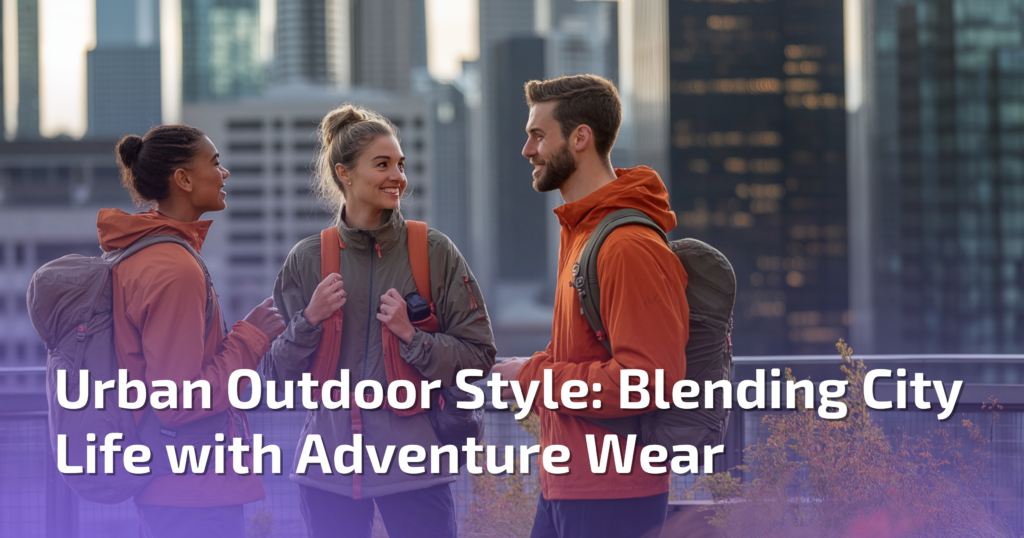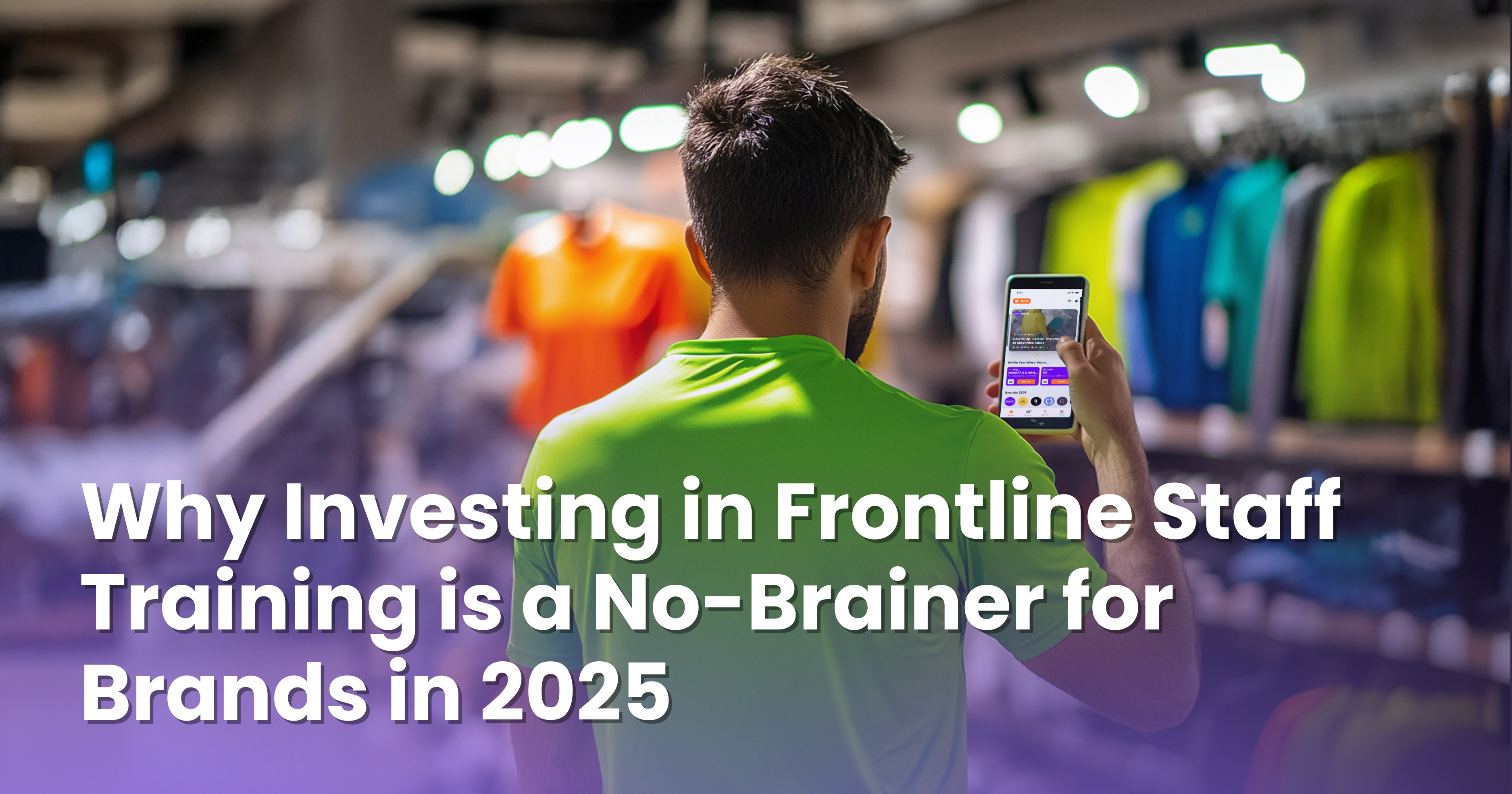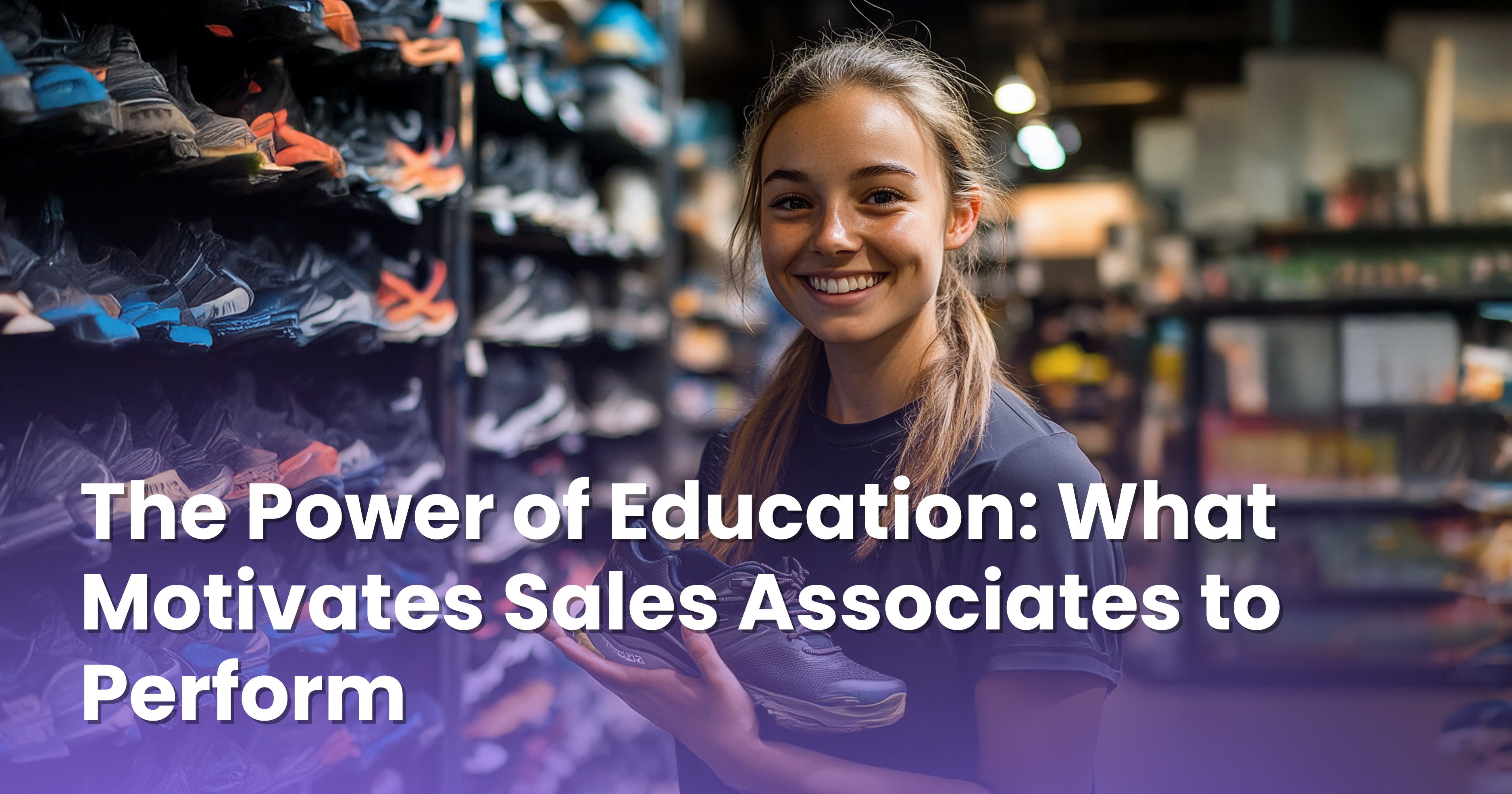
The outdoor apparel market is experiencing a remarkable surge, projected to reach $62 billion by 2032, with a compound annual growth rate (CAGR) of 6.6% from 2023 to 2032. This growth is driven not only by traditional outdoor enthusiasts but also by urban consumers. Today’s urbanites, often referred to as ‘urban outdoorsmen,’ are a key demographic, valuing both style and functionality in their clothing choices. They are typically young, ethnically diverse, and highly active, spending an average of 25 to 30 hours per week outdoors. This demographic also spends the most on outdoor gear, making their preferences crucial for brands.

Several factors are contributing to the rise of urban outdoor style. First, millennials—who account for a significant portion of the U.S. population—are driving this trend. They prioritize experiences over possessions and seek versatile clothing that aligns with their active lifestyles. Additionally, urban migration is reshaping consumer behavior; by 2020, it was predicted that 82.5% of the U.S. population would live in urban areas. This shift has created a new breed of city dwellers who want to maintain their connection with nature while navigating urban life.
The focus on health and wellness has also accelerated this trend. Following the pandemic, there was an 82% increase in outdoor participation in the U.S. as people sought refuge in nature for both physical and mental well-being. As a result, consumers are looking for clothing that looks good and performs well in various conditions.
Fashion Brands Responding to Urban Outdoor Style
Fashion brands have taken notice of this trend and are adapting their offerings accordingly. Outdoor brands like The North Face and Patagonia are expanding their product lines to include stylish options catering to urban consumers without compromising performance. These brands are successfully finding a balance between performance-focused outdoor gear and urban sportswear.
Luxury fashion houses are also entering the fray, recognizing the appeal of performance-inspired designs. Collaborations like The North Face x Gucci have set a precedent for luxury-outdoor crossovers, while brands like Loewe, Moncler, and Balenciaga incorporate adventure-ready footwear and apparel into their collections.
Key elements of urban outdoor style include versatility, technical performance, fashion-forward design, and sustainability. Consumers desire clothing that works for both city life and outdoor adventures while offering protection from the elements and enhancing comfort during activities. Moreover, eco-friendly materials and sustainable production processes are becoming increasingly important as consumers grow more conscious of their environmental impact.

As the boundaries between work, play, and adventure continue to blur, the urban outdoor style trend is likely to strengthen. Brands that can successfully blend fashion and function while addressing sustainability concerns will be well-positioned to capture this evolving market.
The outdoor apparel industry is embracing eco-friendly practices; the global ethical fashion industry is expected to reach $15.17 billion by 2030, growing at a CAGR of 9.1%. This aligns perfectly with the values of urban outdoor consumers who prioritize sustainability alongside style.
In conclusion, urban outdoor style is more than just a passing trend; it represents a fundamental shift in how people approach fashion and their lifestyles. As city dwellers seek to reconnect with nature without sacrificing style—and as outdoor enthusiasts look for gear that transitions seamlessly into urban environments—the fashion industry must adapt accordingly.
By offering innovative products that blend style, functionality, and sustainability, brands can appeal to a new generation of consumers who refuse to choose between city life and outdoor adventure.
Interested in educating your RSAs on your latest new and timeless products? Speak with an ENDVR expert to discover how to empower your retail sales associates with the knowledge and tools they need to drive sales and enhance brand loyalty.




